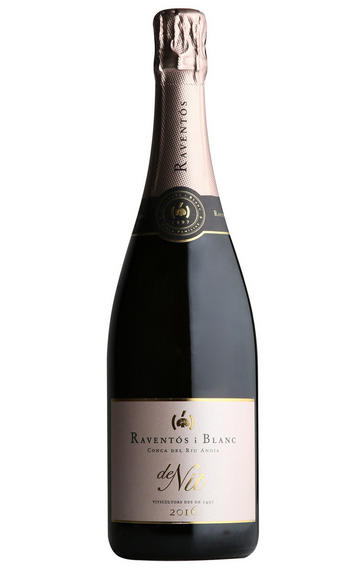
2021 Raventós i Blanc, De Nit Rosé, Brut, Penedès, Spain
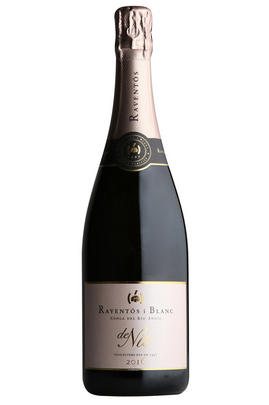
Critics reviews
Full bottle 1,600 g. Certified organic (Ecocert). Disgorged 27 March 2023.
A cluster of ripe strawberry fruit that starts like a little jammy heart and fans out across the palate, glistering with silvery bubbles, becoming drier and more elegant, softly herbal, but with a vivid, sweet acidity.
Drink 2023 - 2025
Tamlyn Currin, JancisRobinson.com (June 2023)
About this WINE
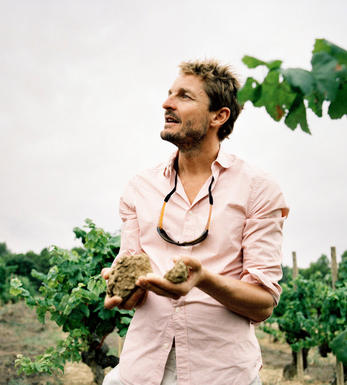
Raventos i Blanc
The Raventos family have a viticultural tradition dating back to 1497, making them one of the oldest continuous vineyard owners in the world. Josep Maria Raventos i Fatjo is credited with producing the first Cava in 1872, creating a legacy that the following generations take very seriously. In 1986 Josep Maria Raventos i Blanc decided to sell his share of Cordoniu, then under the ownership of the family, keeping the best vineyards for the newly created Raventos i Blanc estate (46 plots each of them with a completely distinct identity). The focus since has been on quality and regionality, in particular expressing the special properties of the terroirs around Saint Saturni d’Anoia.
The sparkling wines are made using only the indigenous varieties Xarel-lo, Parellada, Macabeo and Monastrell and show real depth, expression and longevity. Current proprietor, Pepe Raventos, places high importance on the health of the vineyard environment creating a biosynergy where the animals, the vines, the soil and the people work together as an agricultural unit. The estate reached its certified organic status in 2012.
As of 2013, Raventos i Blanc are no longer part of the Cava DO and have started the process of creating a new, terroir driven appellation, Conca del Riu Anoia (the proposed delimited area covers the are between the Mediterranean Sea and the Catalan mountains spanning between the river Anoia and river Foix.)
The decision to leave the DO stemmed out of the desire to set a standard in high quality wine production where rules such as the use of only indigenous grapes, ecological viticulture (100% Biodynamic), estate produced and estate bottled fruit and minimum ageing requirements apply (18 months). In the words of Pepe Raventós the aim behind this new proposed appellation is " to recover the name Conca del Riu Anoia: a small geographical area, to help us to better understand and convey our viticultural traditions, the strength of our land, our unique grape varieties and the characteristics of our soils"
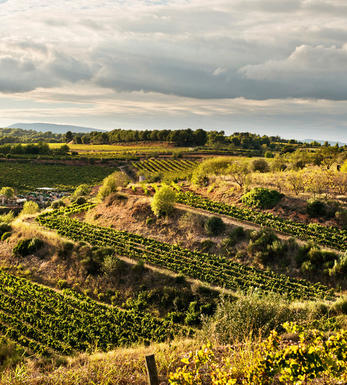
Spain
For so long, Spain was regarded as a source of inexpensive red wine with only Rioja standing above the parapet. Now there is a plethora of interesting wines in many different styles.
Exciting fresh whites, especially from the Albariño in the Rías Baixas and Verdejo in Rueda, – not forgetting Viura in Rioja - have extended the choice. There have also been interesting developments in that most classical of all wine regions, Jerez - the home of sherry - not so much in modernisation of production, but in developing small-scale bottlings of the highest quality Sherry at remarkably affordable prices.
Modern techniques and a new appreciation of what might be possible have encouraged pioneers to produce some startlingly attractive reds. There are now some thoroughly competent wines from La Mancha, and striking bottlings of Monastrell (known elsewhere as Mataró or Mourvèdre) in Jumilla.
Thankfully, the modernisation of the pedestrian has not held back successful traditional styles of wine. Alongside such modernists as Palacios Remondo and Allende in Rioja, long established houses like La Rioja Alta and CVNE continue to make graceful, old-style wines contingent upon several years’ barrel-ageing before further maturation in bottle. These Reserva and Gran Reserva wines have the gentle fragrance of well-seasoned fruit in partnership with a dash of vanilla oak. There are also subtle differences between regions of Rioja and in the precise makeup of the grape mix, with Garnacha and Mazuelo supporting the dominant Tempranillo.
The only challenger to Rioja's claim to red wine supremacy is the Ribera del Duero, where the same red grape, Tempranillo, defines the wines, though known here as Tinto Fino. Most magisterial of all producers is Vega Sicilia whose Unico wines are not released onto the market before a minimum of 10 years - including at least seven years of barrel ageing.
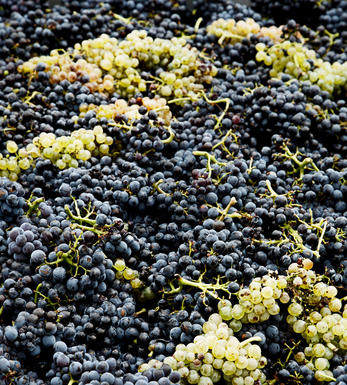
Xarello
Xarello, also knowm as Xarel-lo, is a white wine grape that forms the backbone of the Cava Spanish sparkling wine, being one of the three traditional grapes used in its production.
The other two grapes are the Catalan indigenous variety Parellada, and Macabeo which is better known as Viura, the main white grape of Rioja.
Xarel-lo contributes intense aromas in the blend which many believe underpins Cava's unique character. A handful of producers has experimented with making small quantity of still wines from Xarel-lo which are generally being met with good reviews.
Xarello is also known as Cartuja, Cartuxa, Moll, Pansa, Pansa Blanca, Pansal and Xarelo Blanco.


Buying options
Add to wishlist
Description
Full bottle 1,600 g. Certified organic (Ecocert). Disgorged 27 March 2023.
A cluster of ripe strawberry fruit that starts like a little jammy heart and fans out across the palate, glistering with silvery bubbles, becoming drier and more elegant, softly herbal, but with a vivid, sweet acidity.
Drink 2023 - 2025
Tamlyn Currin, JancisRobinson.com (June 2023)
wine at a glance
Delivery and quality guarantee